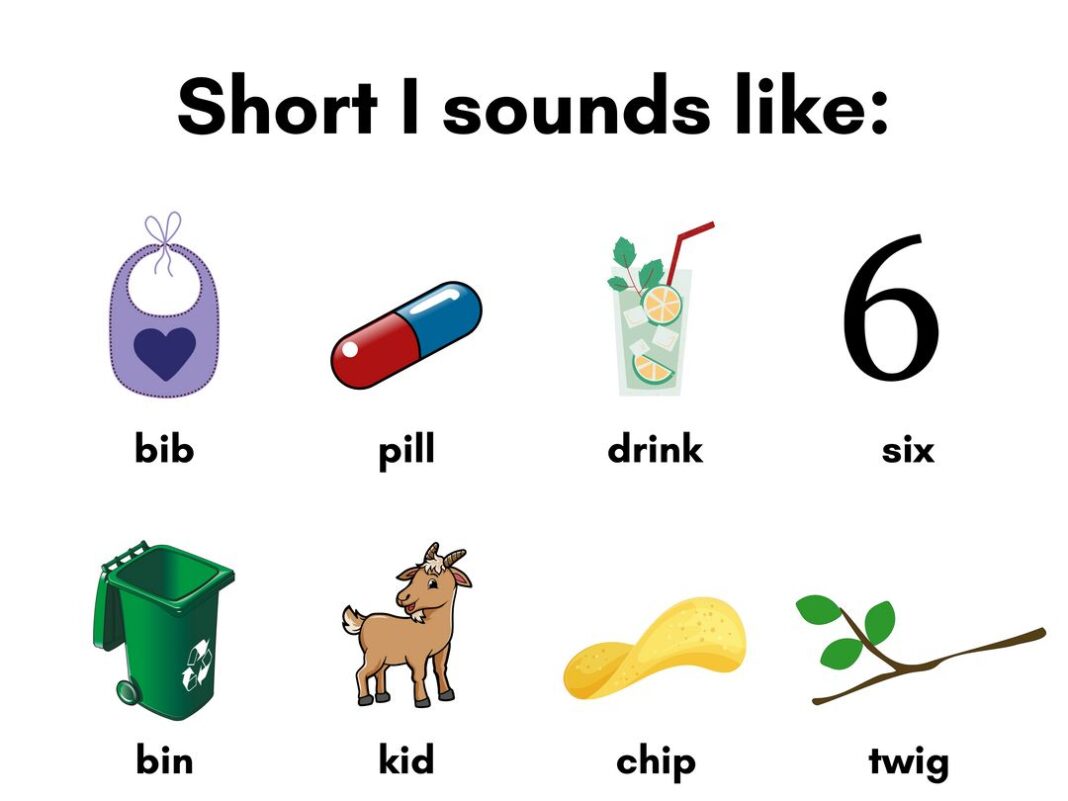Outline
Introduction
Defining Short i Words
Importance
Common Usage
Pronunciation
Phonetics
Examples in Various Contexts
Grammar and Usage
Short i Words in Basic Sentence Structures
Using in Questions
Contractions
Letters in Everyday Language
Conversation
Words in Writing
Letters in Literature
Learning: Tips and Tricks
Mnemonic Devices for Remembering
Practice Exercises
Incorporating into Vocabulary Building
Challenges and Common Mistakes
Homophones and Homographs with Short i Words
Mispronunciations
Spelling Errors
Impact of Short “i” Letters in SEO
Optimizing Content
Using in Keyword Research
Search Engine Rankings
Conclusion
Short i words are not just a fundamental aspect of language; they are the building blocks of communication. Understanding their pronunciation, grammar, and usage can significantly enhance one’s linguistic skills. Whether in everyday conversation, writing, or literature, play a crucial role. By mastering these letters and incorporating them effectively, individuals can improve their communication skills and even optimize their content for SEO purposes.
For those aiming to improve their language skills or enhance their online presence, paying attention is essential. With the right knowledge and practice, anyone can harness the power of these simple yet impactful linguistic elements.
FAQs About Short “i” Words
1. What are some examples of short “i” words? It include letters like “sit,” “big,” “lid,” “bin,” and “win.”
2. How can I improve my pronunciation? Practicing with phonetic exercises and listening to native speakers can help improve pronunciation.
3. Are there any common mistakes to avoid while using? Watch out for homophones and homographs, as well as spelling errors that commonly occur.
4. How can be used in SEO? They can be incorporated into website content and metadata to improve search engine rankings.
5. Can you suggest any resources for learning more about short “i” words? Online dictionaries, language learning websites, and grammar guides often provide comprehensive information and their usage.

